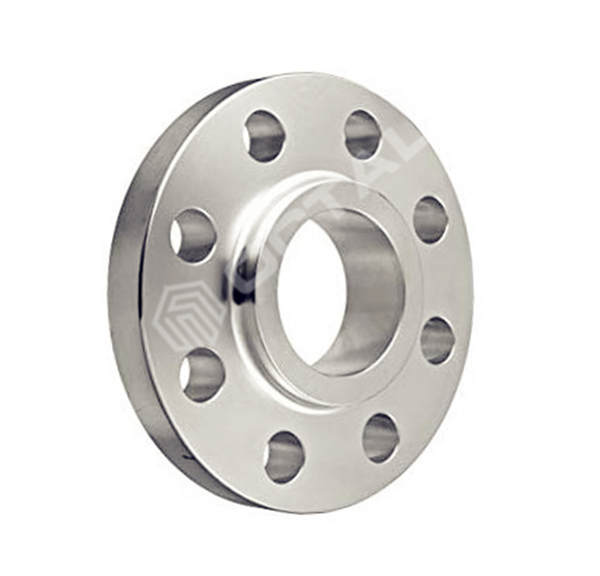Slip-on flanges are a popular choice in piping systems due to their ease of installation and cost-effectiveness. However, like any other component in a complex system, they can present challenges during installation. Identifying and resolving common slip-on flange installation issues is crucial to ensuring the integrity and efficiency of the piping system. In this article, we will explore some of the most prevalent problems and provide solutions for a smooth installation process.
1.Misalignment of Flanges
One of the primary issues encountered during slip-on flange installation is misalignment. This occurs when the flanges are not perfectly aligned, leading to difficulties in connecting the two ends of the pipe. Misalignment can result from improper measurement, uneven surfaces, or inadequate handling of the flanges.
Resolution: To address misalignment, it Slip-On Flanges essential to carefully measure and mark the alignment points before installation. Ensure that the surfaces are clean and level. If misalignment persists, using a come-along or ratchet straps can help bring the flanges into proper alignment.
2.Insufficient Flange Bolting
Inadequate bolting is a common problem that can compromise the integrity of the joint. This issue may arise due to using the wrong size or number of bolts, insufficient torque, or poor-quality bolts.
Resolution: Always follow the recommended bolt size and quantity specified by the flange manufacturer. Use a torque wrench to tighten the bolts to the required specifications. Regularly inspect and replace worn or damaged bolts to maintain the integrity of the connection.
3.Gasket Misplacement or Damage
The gasket plays a crucial role in creating a leak-tight seal between the flanges. Issues with gasket misplacement or damage can lead to leaks and system inefficiencies.
Resolution: Carefully position the gasket between the flanges, ensuring it aligns with the bolt holes. Choose a gasket material suitable for the specific application and operating conditions. Regularly inspect and replace gaskets during maintenance to prevent leaks.
4.Flange Warping or Distortion
Warping or distortion of flanges can occur during fabrication, transportation, or handling, leading to difficulties in achieving a proper fit during installation.
Resolution: Prior to installation, inspect flanges for any signs of warping or distortion. If identified, gently reshape the flanges using appropriate tools. Additionally, storing flanges in a flat and stable position can prevent warping during transportation and storage.
5.Corrosion Issues
Corrosion is a persistent challenge in piping systems, especially in environments with high humidity, aggressive chemicals, or extreme temperatures. Corroded flanges can weaken over time, leading to leaks and potential system failure.
Resolution: Implement corrosion prevention measures, such as applying protective coatings or using corrosion-resistant materials for flange construction. Regularly inspect flanges for signs of corrosion and address any issues promptly. Routine maintenance, including cleaning and reapplication of protective coatings, can significantly extend the lifespan of flanges.
6.Inadequate Flange Facing
Proper flange facing is crucial for achieving a reliable seal. Inadequate facing, such as uneven surfaces or damage, can result in leaks and compromise the overall integrity of the connection.
Resolution: Ensure that flange faces are machined to the required smoothness and flatness standards. Address any damage to the flange facing promptly by grinding or machining. Proper facing preparation is essential for creating a tight and secure seal between the flanges.
Conclusion
Addressing slip-on flange installation issues requires a combination of careful planning, adherence to manufacturer specifications, and regular maintenance. By identifying and resolving common problems such as misalignment, insufficient bolting, gasket issues, flange warping, corrosion, and inadequate facing, operators can ensure the reliability and longevity of their piping systems. Regular inspections, proper installation techniques, and proactive maintenance are key components of a successful slip-on flange installation strategy.
